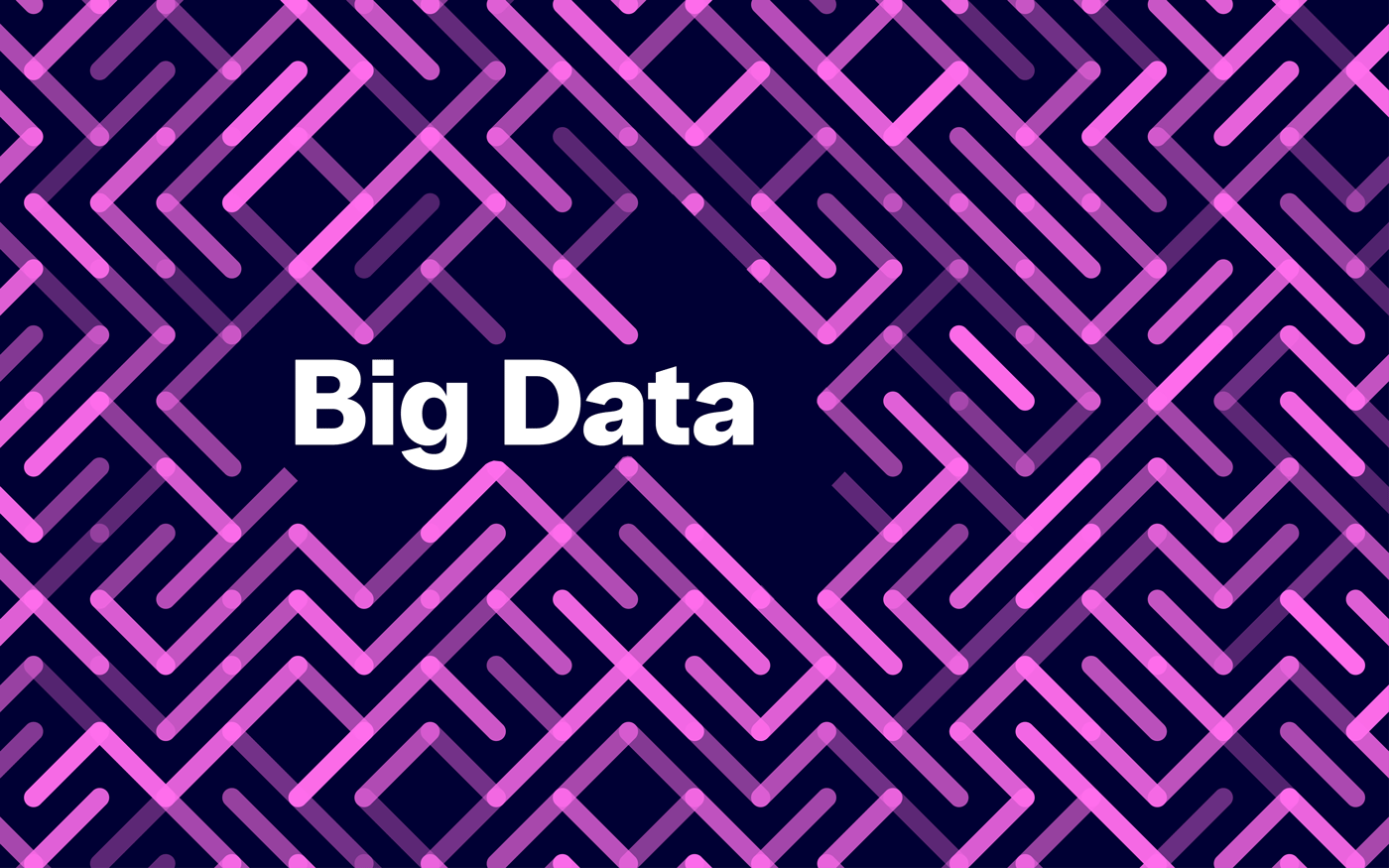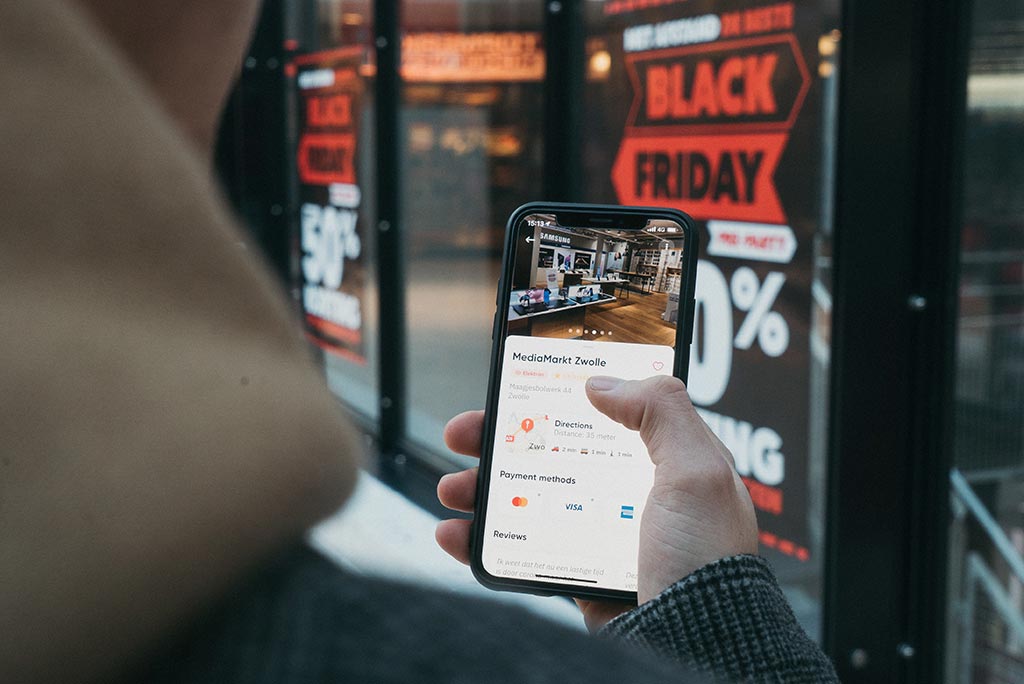
The phrase “big data,” originally popularized by the New York Times, is already impacting our lives in significant ways. Despite worries from privacy advocates about big data’s risks, more than 90% of firms intended to use it in 2024.
Author and analyst Doug Laney claims that the three Vs—volume, velocity, and variety—define big data. It is numerous in number and is approaching from all directions at a dizzying rate of speed. Its impact is immense across all industries.
Once abstract ideas like “what customers want” have taken a real form with the advent of big data. It has made possible the contentious data-first inversion of the scientific method. A “culture of analytics” has developed in many companies, allowing non-technical workers to participate in data collection and gain advantages from insights derived from that data.
Example of real-world use of Big Data
- Analyzing consumer shopping behavior: Big Data empowers businesses to understand how people shop and what they buy, enabling more effective retail strategies.
- Personalized advertising campaigns: Companies leverage Big Data to tailor advertising content and target specific customer segments, enhancing marketing effectiveness.
- Identifying potential customers: Through data analysis, businesses can identify potential leads and prospects, boosting their sales and marketing efforts.
- Optimizing transportation efficiency: Big Data helps optimize fuel consumption and route planning in the transportation sector, reducing costs and environmental impact.
- Ride-sharing service demand prediction: Companies like Uber and Lyft use Big Data to forecast demand, ensuring efficient allocation of drivers and improved user experiences.
- Health monitoring with wearable technology: Big Data-driven wearables provide real-time health insights, allowing individuals to track and manage their well-being effectively.
- Live road mapping for autonomous vehicles: Big Data enables real-time mapping and navigation updates crucial for self-driving cars’ safe operation.
- Efficient streaming media delivery: Streaming services employ Big Data to optimize content delivery, ensuring seamless viewing experiences for users.
Planning for the future, through the prediction of people’s lifestyles and purchasing habits, is the most important use of big data. It still isn’t a magic mirror, though. When compared to short data sets, which cover just one year, the prediction power of long data sets (also called “long data”), which cover decades or centuries of data, is far higher. When trying to foretell societal changes, such as the proliferation of cellphones, even the most trustworthy data has limitations.
On the flip side, when applied correctly, big data has the potential to both support and augment human intuition.
How to use Big Data for Marketing
Advertising on television and radio, in response to mail-in surveys, and the results of broad, one-on-one “depth” interviews were all viable options for marketers before the advent of the internet.
As the internet and big data have grown in popularity, so too has marketing. Modern technology makes it easy to acquire or purchase vast quantities of data in order to get insight into people’s search habits, click behavior, and product preferences. To measure the success of advertising efforts, more and more people are turning to contemporary measures like impression and click-through rates. These measurements extend well beyond basic revenue.
Collecting more consumer data will help you better understand and satisfy their demands. By collecting and analyzing data on its clients, Centerfield is able to develop marketing and sales strategies that benefit those clients. The company can utilize this information to target potential new consumers who share similar traits with its existing clientele.
How most digital marketing agencies provide integrated strategies for SEO, SMM, mobile, and video marketing is using the big data collected in their analytics tools (ie, Google Analytics). Based on transaction data, consumer behavior, and other factors, analysts can differentiate between micro-level effective and ineffective impressions with the use of big datasets.
The “duopoly” of adtech behemoths Facebook and Google were enticed into the advertising industry by the plethora of consumer data that Amazon controlled. Since its inception in 1994, a great deal of data has been collected. Advertising agencies and other businesses have lately started buying ads on Amazon’s self-service ad platform to reach very targeted demographics, such as previous buyers.
Enhancing Government Operations through Collaboration with Big Data Companies
Here in Australia, the fusion of tech and data with government strategies is revolutionizing the way public services operate. Australian agencies are drowning in data, and it’s this ocean of information, coupled with a growing bond with tech enterprises, that’s ushering in a new era of governance filled with exciting possibilities.
On the ground, Aussie agencies are stepping away from the old-school, paper-laden ways. They’re now diving headfirst into the digital age, using big data to rethink and refine their approach. Anthony Townsend, the brain behind “Smart Cities,” highlights this shift, noting the move from day-to-day tasks to a more informed, data-led way of making decisions.
Yet, with great data comes great responsibility. The ethical minefield of data usage by the government is a hot topic, mirroring global debates. Issues like “predictive policing” stir up concerns about privacy and the risk of built-in biases, pushing for a balanced approach that respects Australia’s ethical and legal boundaries.
A standout instance of this tech-government synergy is in emergency management. Imagine an SOS call triggering a high-tech response where, thanks to collaborations with giants like Apple and Uber, responders can tap into a caller’s smartphone or wearable to get crucial info in the nick of time.
This tech alliance not only sharpens the skills of emergency teams by giving them access to live data, such as location and health stats, but also sets a precedent for how leveraging data can elevate public safety and service efficiency across the board.
Wrapping up, Australia’s government is all in on the big data game, eyeing it as a key player in refining operations, sparking innovation, and safeguarding citizens’ welfare. Despite the hurdles of privacy and equity, the commitment to judicious data use highlights a forward-thinking agenda aimed at enriching Australian lives.
How to discover Business Intelligence with Big Data
It’s a staggering reality: most businesses are sitting on a data goldmine, with estimates suggesting that 60-73% of the data collected remains untapped. This underutilization often stems from the reliance on analytics tools that nibble at the edges of massive datasets through small, randomized samples, leaving a treasure trove of insights undiscovered.
This approach overlooks the immense potential locked within vast data reserves, especially when engaging with other businesses. The key lies in uncovering the hidden value within these digital mountains.
Enter Salesforce, a game-changer in the realm of data integration. Unlike traditional methods, Salesforce aims to consolidate a company’s data landscape, pulling together information from marketing, sales, and service departments. This unified view, powered by Einstein analytics, offers automated insights and predictions on critical business metrics like sales trends and customer retention. What sets Salesforce apart is its ability to seamlessly mesh with external data tools, eliminating the need for juggling multiple platforms.
Netflix’s “House of Cards” serves as a prime example of big data’s transformative power in content creation. The decision to invest $100 million in the show’s first two seasons was heavily influenced by data analytics, revealing a strong viewer affinity for projects involving David Fincher and Kevin Spacey. This strategic bet paid off, showcasing the accuracy of data-driven predictions.
Reflecting on its journey, Netflix acknowledges the profound impact big data has had since its initial foray into analytics eight years ago. The platform’s customization, from personalized thumbnails to curated “Popular on Netflix” lists, is finely tuned to individual viewing habits, including the moments viewers choose to pause. This meticulous attention to detail underscores the vast potential of big data in shaping user experiences and driving strategic business decisions.






